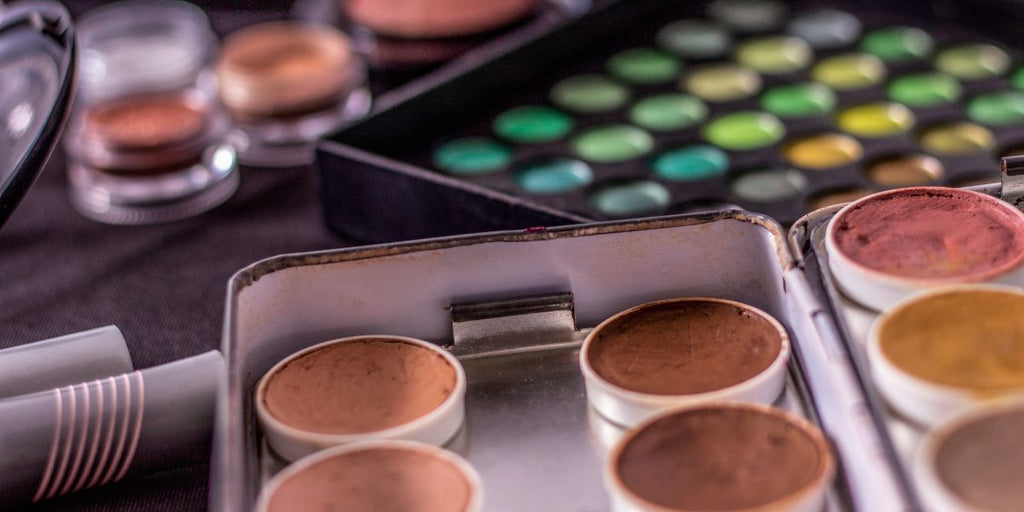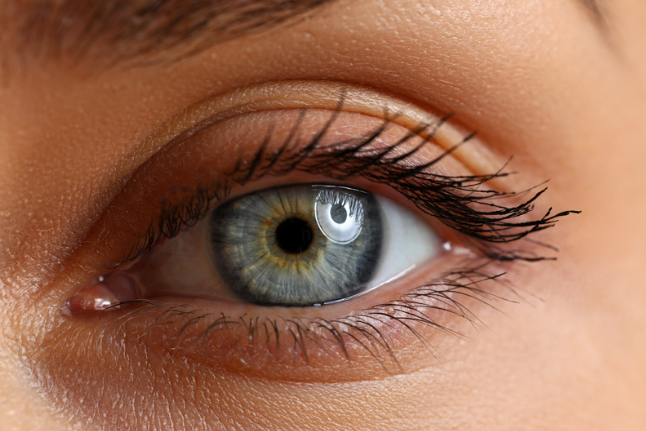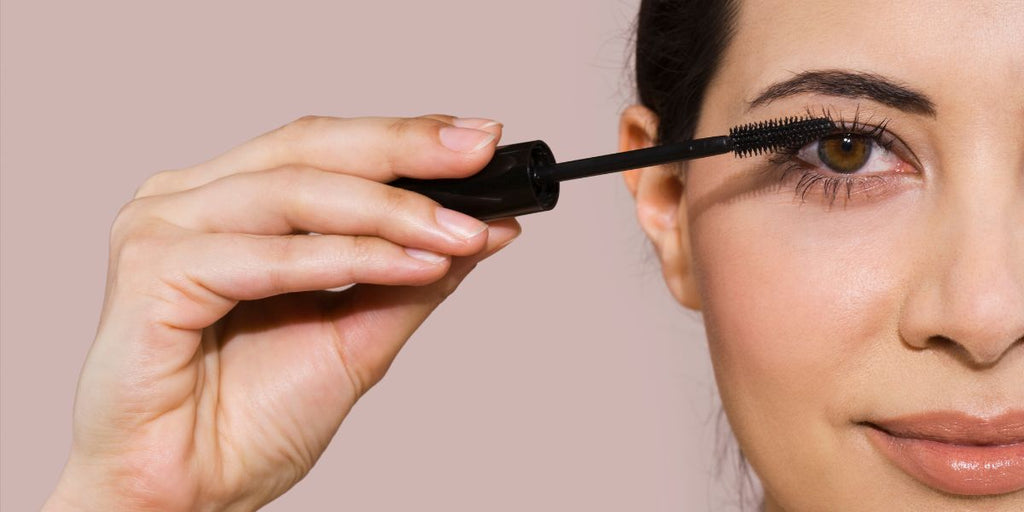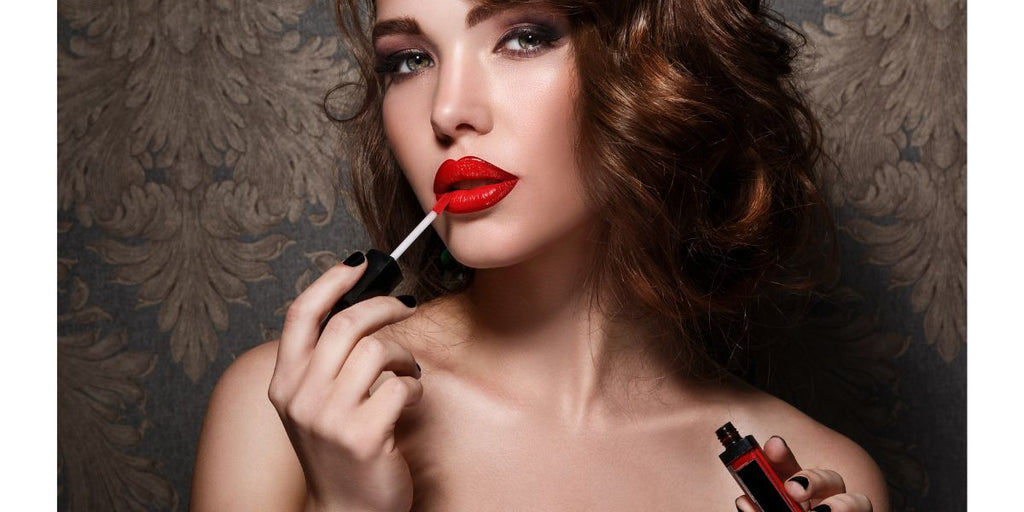
The Art of Customizing Your Makeup

Customizing Makeup: Personalize Your Routine for a Unique Look
Makeup has always been more than just a tool for enhancing beauty; it’s a form of self-expression. With the endless variety of products and techniques available, customizing your makeup routine can feel both exciting and overwhelming. Let’s dive into the art of personalizing your makeup to reflect your unique style and preferences.
Understanding Your Unique Beauty
Identifying Your Skin Type
Before you can effectively customize your makeup, it’s crucial to understand your skin type. Are you oily, dry, combination, or sensitive? Knowing this will help you choose the right products that work best for your skin.
Conducting a Skin Test
A simple way to determine your skin type is to wash your face with a gentle cleanser and wait for about an hour without applying any products. Observe your skin’s reaction:
- Oily: Shiny and greasy all over.
- Dry: Flaky, rough, or tight.
- Combination: Oily in the T-zone (forehead, nose, chin) but dry elsewhere.
- Sensitive: Red, itchy, or prone to reactions.
Choosing the Right Foundation
Foundation is the base of any makeup look. Selecting the perfect one is essential for a flawless finish.
Matching Your Skin Tone
To find your perfect match, test foundation shades along your jawline. The right shade will blend seamlessly into your skin without leaving a noticeable line.
Considering Your Undertone
Your skin undertone can be warm, cool, or neutral. Use these guidelines to select your foundation:
- Warm undertones: Yellow, golden, or peachy foundation shades.
- Cool undertones: Pink, red, or blue foundation shades.
- Neutral undertones: A mix of both warm and cool shades.
Personalizing Your Eye Makeup
Eyes are often considered the focal point of a makeup look. Customizing your eye makeup can significantly enhance your appearance.
Eye Shadow Selection
Choose eye shadow colors that complement your eye color:
- Brown eyes: Warm browns, golds, purples, and greens.
- Blue eyes: Orange tones, warm browns, and metallics.
- Green eyes: Reds, pinks, purples, and golds.
- Hazel eyes: Browns, golds, greens, and purples.
Eyeliner Styles
Eyeliner can dramatically change your look:
- Natural look: Thin, subtle lines.
- Bold look: Thick, dramatic lines or winged tips.
- Smoky look: Smudged lines with a soft gradient effect.
Tailoring Your Lip Color
Lip color is a powerful way to express your personality and complete your makeup look.
Finding Your Signature Shade
Consider your skin tone and undertone when selecting lip colors:
- Fair skin: Light pinks, peaches, and nudes.
- Medium skin: Roses, mauves, and berries.
- Olive skin: Coral, warm reds, and browns.
- Dark skin: Deep plums, reds, and bold berries.
Custom Blending Lipsticks
Don’t be afraid to mix different lipsticks to create a custom shade that is uniquely yours. Blend complementary colors to achieve a personalized look.
Highlighting and Contouring
Understanding Face Shapes
The purpose of contouring is to sculpt and define your facial features. Identify your face shape to know where to apply contour and highlight:
- Oval: Focus on the forehead, cheekbones, and jawline.
- Round: Emphasize the cheekbones and jawline.
- Square: Soften the jawline and forehead.
- Heart: Highlight the forehead and chin, contour the cheekbones.
Product Selection
Choose contour and highlight products that complement your skin tone. Contour should be a few shades darker than your foundation, while highlight should be a few shades lighter.
Perfecting Your Brow Game
Eyebrows frame your face and can alter your overall look. Here’s how to customize them to suit your style.
Determining Your Brow Shape
Find the best brow shape for your face:
- Oval face: Soft, angled brows.
- Round face: High, sharp arches.
- Square face: Thick, natural brows with a slight arch.
- Heart face: Rounded or soft arches.
Filling and Shaping
Use a brow pencil or powder to fill in sparse areas. Blend well to avoid harsh lines and ensure a natural look.
Customizing Blush and Bronzer
Selecting Blush Colors
Blush adds a healthy glow to your face. Choose colors based on your skin tone:
- Fair skin: Soft pinks and peaches.
- Medium skin: Rosy pinks and warm apricots.
- Olive skin: Corals and rich pinks.
- Dark skin: Deep reds, berries, and bright pinks.
Bronzer Application
Apply bronzer to areas where the sun naturally hits your face: forehead, cheeks, and nose. This will give you a sun-kissed look.
Setting Your Makeup
To ensure your makeup lasts all day, setting it properly is crucial.
Choosing the Right Setting Products
There are different types of setting products available:
- Setting sprays: Provide a dewy finish and help makeup last longer.
- Setting powders: Matte finish that controls shine and sets foundation.
Application Techniques
For setting sprays, hold the bottle about 8-10 inches from your face and mist evenly. For setting powders, use a large, fluffy brush to dust the powder lightly over your face.
Experimenting with Trends
Keeping up with makeup trends can inspire you to try new looks and techniques.
Seasonal Trends
Each season brings new makeup trends. Stay updated to keep your makeup routine fresh and exciting.
Influencer Inspiration
Follow makeup influencers on social media for tips and inspiration. They often showcase the latest trends and techniques.
Caring for Your Makeup Tools
Properly maintaining your makeup tools is essential for achieving the best results.
Cleaning Brushes and Sponges
Regularly clean your makeup brushes and sponges to avoid bacteria buildup. Use a gentle cleanser and let them air dry completely before using them again.
Replacing Old Products
Makeup products have a shelf life. Replace them as needed to ensure your makeup is always fresh and effective.
Creating a Personalized Makeup Kit
Essentials for Your Kit
A personalized makeup kit should include:
- Foundation
- Concealer
- Eye shadow palette
- Eyeliner
- Mascara
- Brow pencil
- Blush
- Bronzer
- Lipsticks
- Setting spray or powder
Customizing Your Collection
Tailor your makeup kit to your personal style and needs. Don’t be afraid to experiment and add new products as your preferences evolve.
Conclusion
Customizing your makeup is a journey of self-expression and discovery. By understanding your unique beauty and experimenting with different products and techniques, you can create a makeup routine that is uniquely yours. Embrace your individuality and have fun with the art of makeup customization.
FAQs
Q1: How often should I replace my makeup products?
Makeup products should generally be replaced every 6-12 months, depending on the type of product. Check for any changes in texture, smell, or color as indicators to replace them.
Q2: Can I mix different brands of makeup?
Yes, you can mix different brands to find the products that work best for you. Many people use a combination of brands to achieve their desired look.
Q3: How do I choose the right concealer for my skin tone?
Choose a concealer that is one to two shades lighter than your foundation for highlighting purposes, and match your exact skin tone for covering blemishes.
Q4: Is it necessary to use primer before applying makeup?
While not essential, using a primer can help create a smooth base for makeup application and make your makeup last longer.
Q5: What should I do if I have a reaction to a makeup product?
Immediately stop using the product and consult a dermatologist if you experience any adverse reactions such as redness, itching, or swelling.






